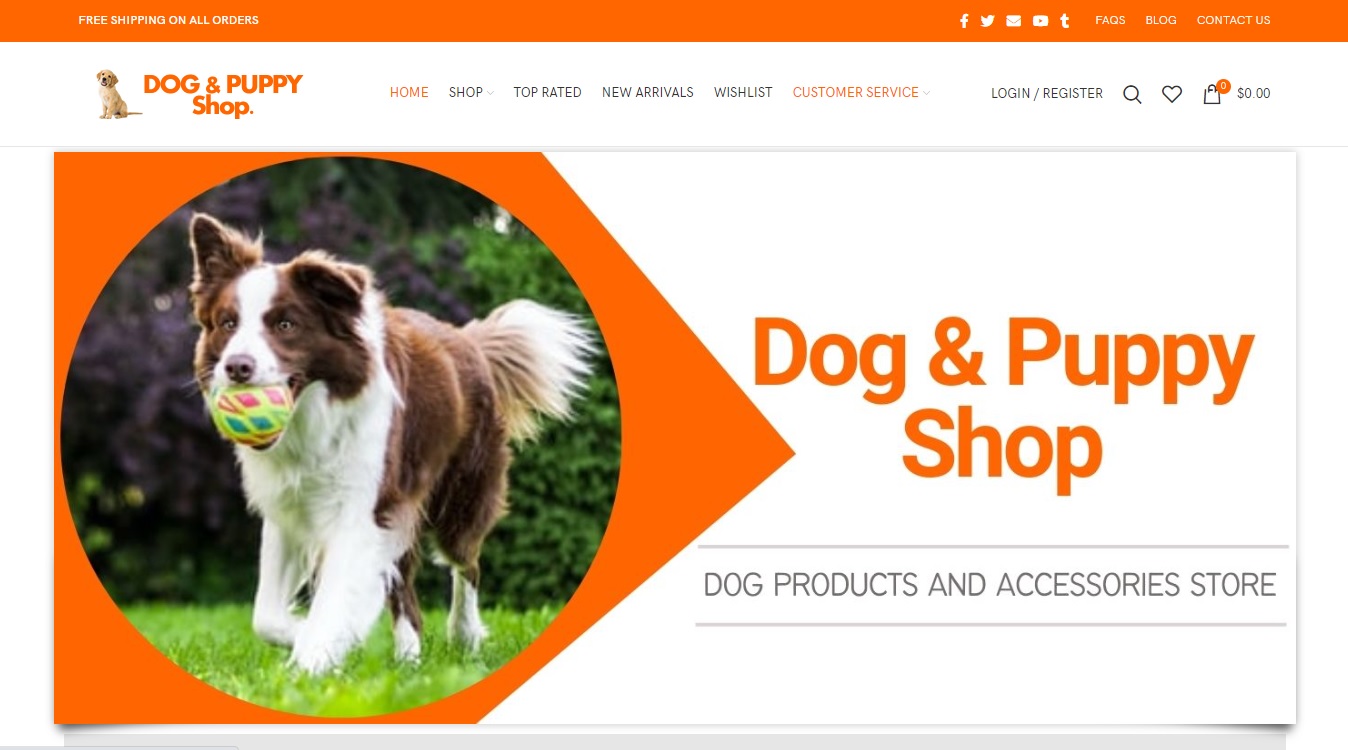Dropshipping product research strategies. As a seasoned dropshipper, I can attest to the importance of product research in building a successful business. In this article, I’ll share with you some of my favorite dropshipping product research strategies that have helped me find profitable products and stay ahead of the competition.

Dropshipping Product Research Strategies
Importance of Product Research in Dropshipping.
When you’re running a dropshipping business, the products you sell are the lifeblood of your operation. If you don’t have products that people want to buy, you won’t make any sales. That’s why product research is so crucial. By conducting thorough product research, you can identify high-demand products that have the potential to sell well.
Identifying Niche Markets for Dropshipping.
One of the first steps in dropshipping product research is identifying niche markets. Niche markets are specific, targeted segments of a larger market. By focusing on a niche market, you can differentiate yourself from the competition and offer products that meet the unique needs and preferences of that market.
To identify niche markets, I use a combination of tools and resources. Some of my favorite tools include Google Trends, Keyword Planner, and Facebook Audience Insights. These tools allow me to research search trends, keyword search volume, and target audience demographics.
Conducting Trend Analysis for Dropshipping.
Another important aspect of dropshipping product research is staying up-to-date with the latest trends. By keeping a finger on the pulse of what’s popular, you can identify products that are likely to sell well.
To conduct trend analysis, I use a combination of social media platforms, blogs, and news outlets. These sources provide me with insights into what’s hot and what’s not in various industries and markets.
Competitor Analysis for Dropshipping.
Competitor analysis is a critical step in dropshipping product research. By analyzing your competitors, you can identify gaps in the market and find ways to differentiate yourself.
To conduct competitor analysis, I use a combination of tools and resources. Some of my favorites include SpyFu, SEMrush, and Ahrefs. These tools allow me to analyze my competitors’ keywords, traffic, and backlinks, among other things.
 Product Sourcing in Dropshipping.
Product Sourcing in Dropshipping.
Once you’ve identified a niche market and potential products to sell, the next step is product sourcing. Product sourcing involves finding reliable suppliers who can provide you with the products you need to sell.
To find reliable suppliers, I use a combination of online marketplaces, such as Alibaba and AliExpress, and supplier directories, such as SaleHoo and Worldwide Brands. I also recommend reaching out to manufacturers directly to establish a relationship and negotiate better prices.
Product Testing in Dropshipping.
Finally, product testing is a critical step in dropshipping product research. By testing products before adding them to your store, you can ensure that they meet the quality and performance standards that your customers expect.
To conduct product testing, I recommend ordering samples from suppliers and testing them yourself. You can also solicit feedback from beta testers or early adopters to get a sense of how your products are performing.
In conclusion
Dropshipping product research is a critical component of building a successful business. By identifying niche markets, staying up-to-date with the latest trends, analyzing your competitors, sourcing reliable products, and testing products before adding them to your store, you can position yourself for success in the competitive world of dropshipping.
How to find profitable products for dropshipping












